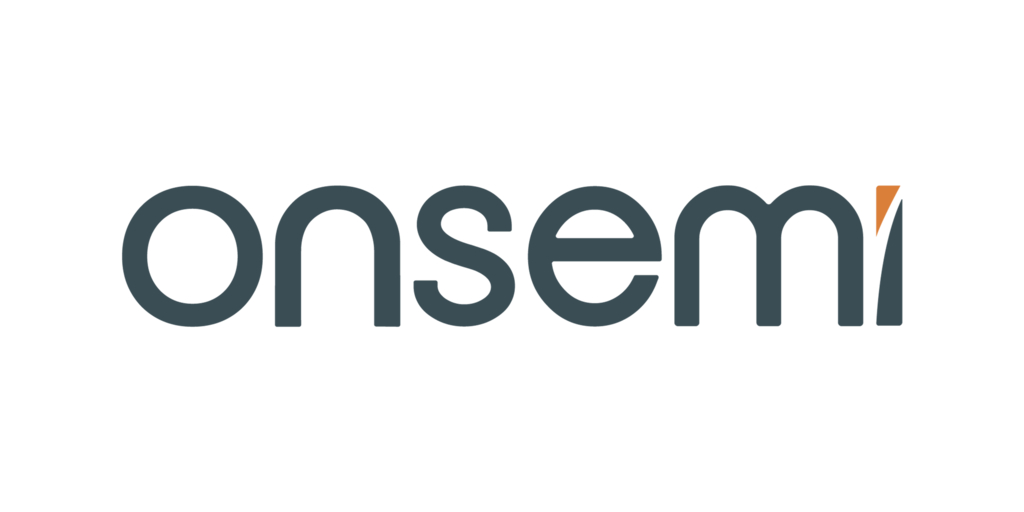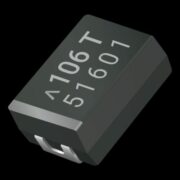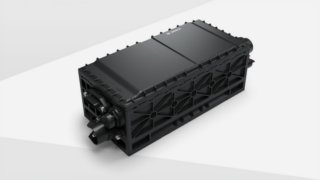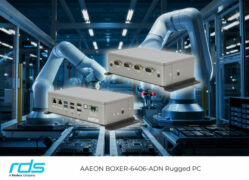All buildings—whether domestic, commercial, or industrial—require internal lighting. LED lighting has largely replaced incandescent and halogen bulbs, but how lighting is powered and used has not changed much. Let’s quickly review the status quo of lighting and then consider new and much more clever ways to use lighting to fully realize the potential of smart and automated buildings.
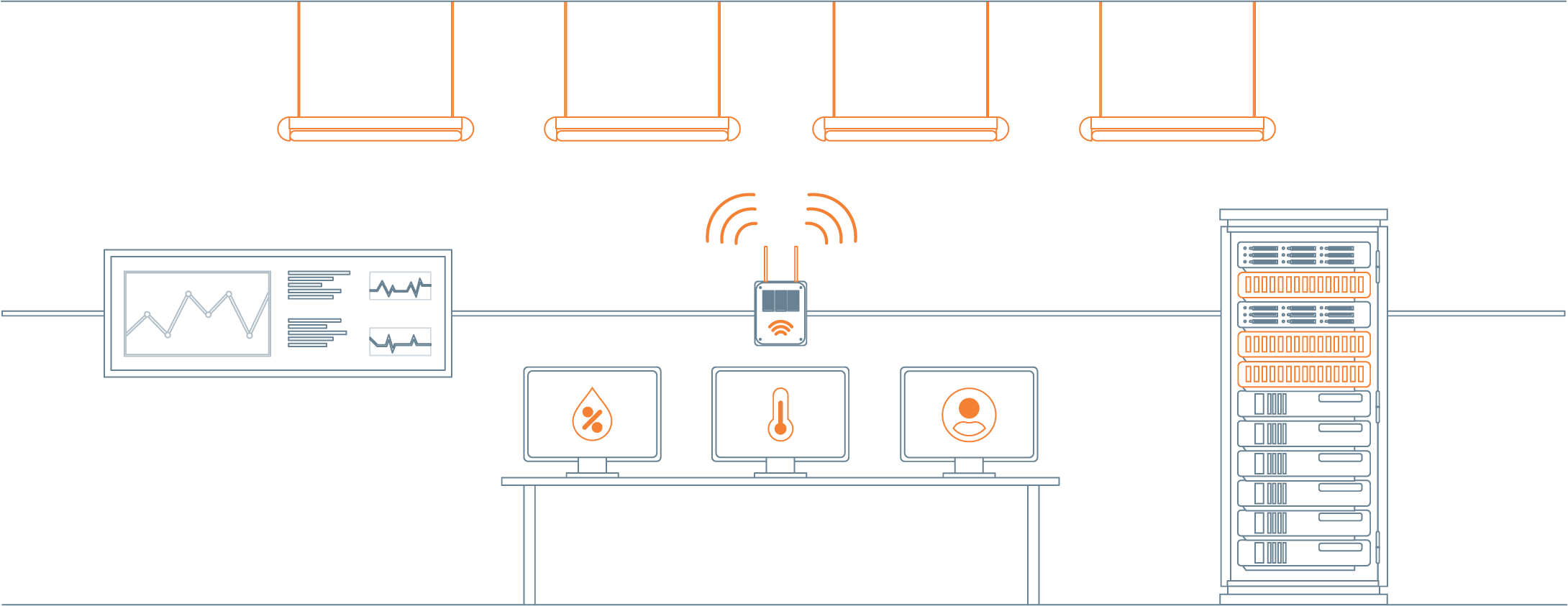
Figure 1: Smart lighting is vital for building automation
The traditional approach of installing lighting is to route mains cabling to the planned locations of light fittings (also called luminaires). However, mains power is AC, but LEDs require DC power, which means a transformer (to rectify the AC) is required and typically an additional DC-DC converter to down-convert the DC output from the transformer. Wouldn’t it make much more sense to route a DC supply to the luminaire and think about the other things they could do than merely provide light to individual rooms? In fact, luminaires offer a range of different functions. For example, they could host sensors to monitor temperature, humidity, air quality, and people occupancy. All of these are interconnected and can be managed for smart buildings to operate at maximum efficiency. Also, considering how to connect individual luminaires as part of an integrated lighting system allows lighting itself to be automated within a building management system.
PoE for Power and Data
This raises the question of how to provide DC power and reliable digital connectivity required by the sensors to a luminaire? Since energy-efficient buildings use lots of insulation and have thicker walls, wireless technologies can effectively be ruled out. Power over Ethernet (PoE) is an excellent candidate as smart buildings are now routinely being fitted with Cat5 or Cat6 ethernet cabling as standard. Routing an ethernet cable to a luminaire instead of mains cabling provides connectivity (at the selected speed). It can also carry DC voltage via Power over Ethernet (PoE) to the sensors and the luminaire.
2-in-1 Lighting and Connectivity Solution
Connected luminaires already exist, but current solutions on the market typically use a separate driver IC for the LED light source and a PoE controller for data connectivity. The NCL31010 from onsemi now integrates both components into a single package, allowing individual luminaires to become part of a fully connected and managed lighting system and to be enabled for many other functions.
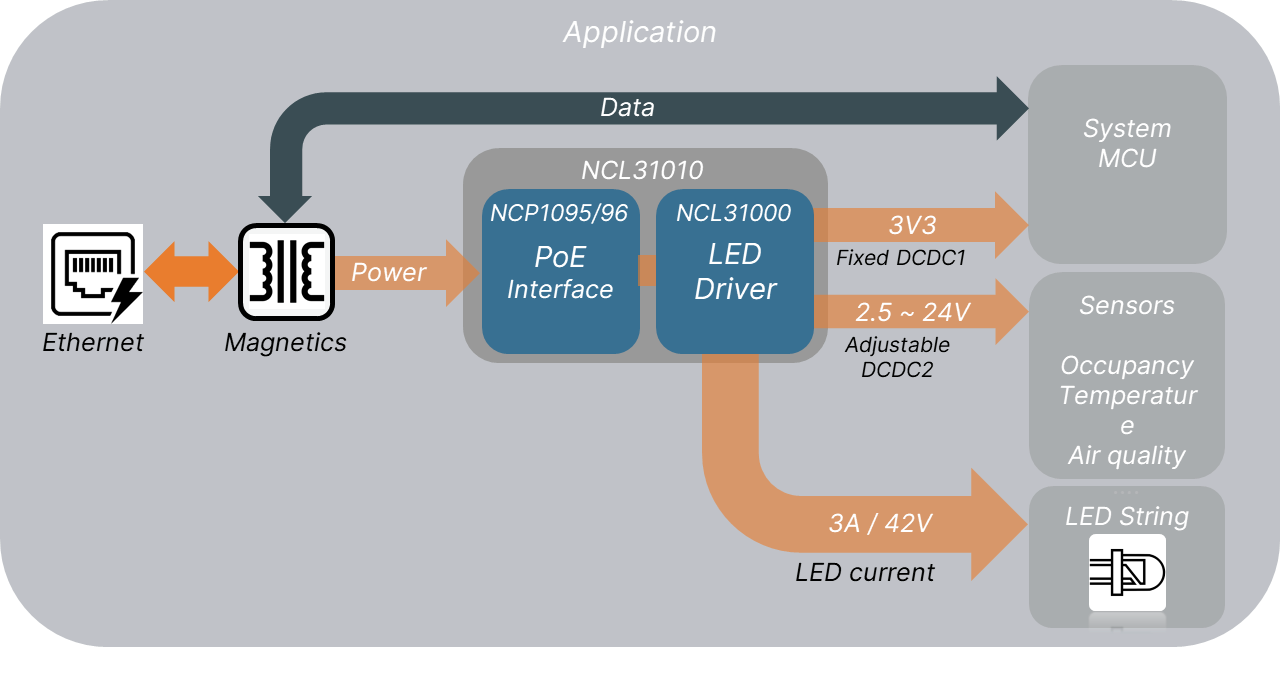
Figure 2: NCL31010 PoE Interface LED Driver by onsemi
This device can deliver over 90 W via PoE and features two auxiliary DC-DC converters that can power a microcontroller and sensor. An innovative application for this device, not possible using a lighting system with a separate LED driver and PoE controller, is called Visual Light Communication (VLC). This involves modulating (invisible) data directly onto the LED light, allowing it to function as a location beacon in indoor positioning systems (e.g., Yellow Dot™), thereby overcoming a significant problem for other wireless systems currently being used for this purpose (GPS, Wi-Fi™, etc.).
LED luminaires offer so much more than simply lighting the interior of a building. PoE is a power and connectivity solution that allows luminaires to provide a range of other smart functions to support building automation. The NCL31010 provides luminaire designers with a one-stop-shop to manage their power and connectivity requirements.


